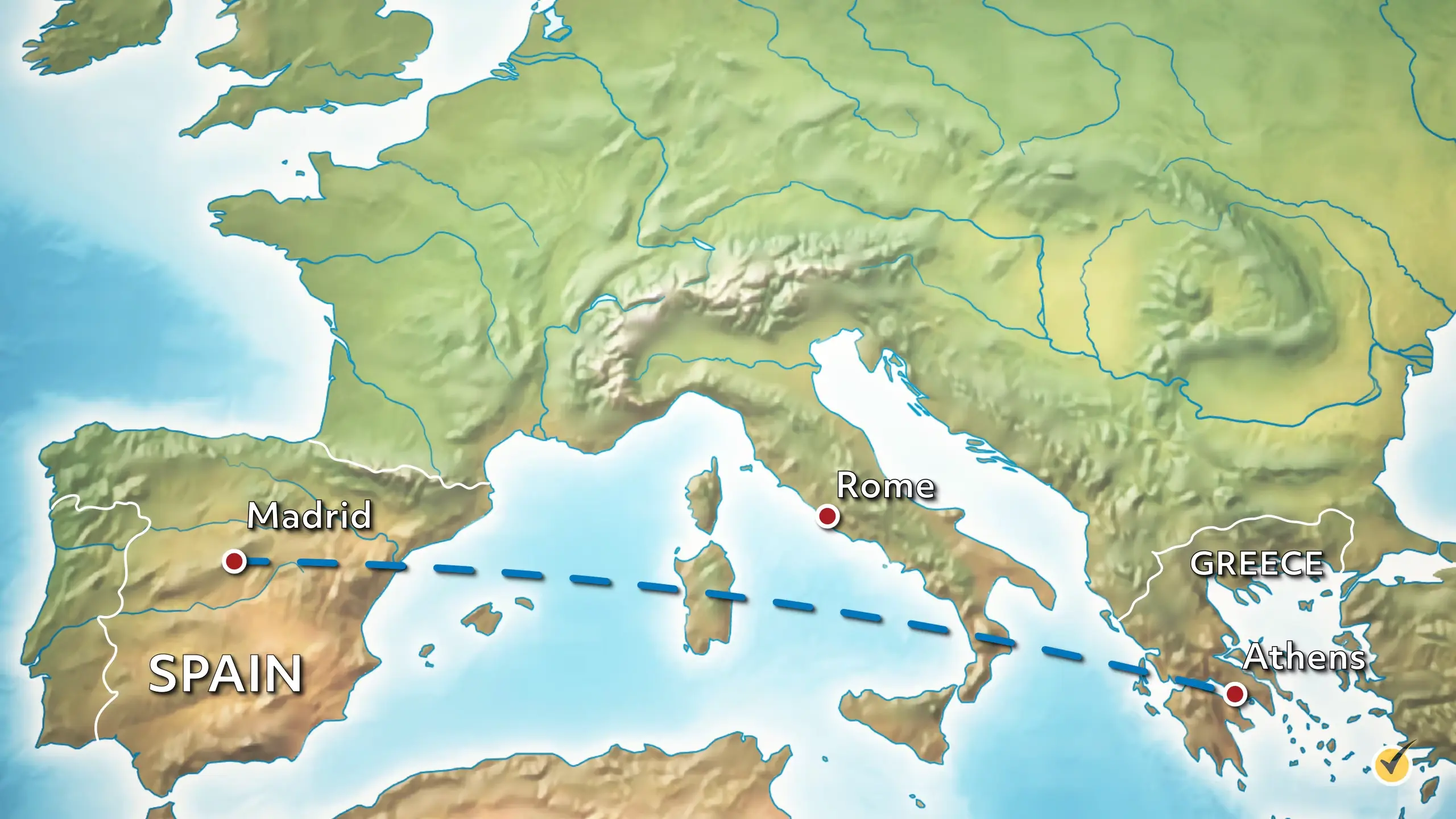
Hi, and welcome to part two of our review of the Roman Republic.
Prorogation and Expansion
As the Republic extended its sway over distant lands such as Spain and Greece, it was no longer practical for consuls campaigning abroad to surrender their commands after their one-year term was up. As a result, an innovation called prorogatio or prorogation came into more frequent use. Prorogation, in this case, meant that consuls had their initial terms of office extended.

By the 1st century BCE, the extent of Rome’s dominions, the wealth gained through conquest, and the size of deployed armies meant that the men who commanded these armies could topple kings, install new kings, sack cities, and create new balances of power overnight. This meant that they could win not only new Roman soldiers but also foreign dignitaries who would be indebted to giving their support.
One of the ways that they could entice foreigners to lend their support was through the possibility of citizenship. Foreign men were automatically granted citizenship after serving for 25 years in the reserve units that supported the armies. They could also be made citizens by a Roman commander for exceptional military service.
The Gracchus Brothers and Social Unrest
If you recall, one of the three factions of the popular assembly, the Plebeian Council, was a legislative council that could pass laws, elect leaders, and try judicial cases. Within this council, a storm was developing around the Roman constitution. This unrest was caused by politicians in their attempts to resolve the extreme poverty of large groups of plebeians. This poverty was caused mainly by creditors who were increasing the size of their landholdings without restraint.
In the mid-2nd century BCE, Tiberius Gracchus of Spain proposed limiting the amount of acreage any one individual could own and redistributing the rest to poorer individuals, but some conservative senators resisted.Tiberius attempted to be re-elected as a tribune to the plebeians, and though he received enough votes for re-election, he was murdered in a violent altercation with the Senate.
His brother Gaius took up the torch, and as a plebeian tribune from 122 to 121, formed a coalition of the poor and some influential knights to enact Tiberius’s program, with some notable successes.However, opponents of Gaius eventually erupted in a riot on the Capitoline Hill, which resulted in a law being passed that gave the senate power to declare anyone an enemy of the state and execute them without trial.
Knowing his death was inevitable, he chose to commit suicide in 121. Subsequently, 3,000 of his supporters were systematically executed.
Civil Wars and the Rise of Marius and Sulla
The downfall of the Gracchus brothers marked a watershed moment in Roman-Republican history for several reasons. Most notably, from this point on, the wars in the Republic were increasingly fought in various arenas between rival Roman citizens, not just between Romans and foreign enemies.
Though the brothers were not able to continue their work, several opportunistic politicians, both plebeians and patricians, would again take up the brothers’ cause and bring much of it to fruition, looking to buy the loyalty of their soldiers in order to wipe out their enemies. The man who revived this agenda shortly after Gaius Gracchus’s death was another Gaius – this one Gaius Marius.He racked up notable military accomplishments in Spain and in 120 was elected plebeian tribune. After he was elected as consul in 107, he took over the war against Jugurtha from Metellus and brought the war to a quick end, capturing Jugurtha in the process.
Years later, in 91 BCE, a social war broke out as Rome’s former allies in Italy complained that they shared no rewards from Rome’s military campaigns, only the risks. Over the next decade, two civil wars took place, with opposing generals Gaius Marius and Lucius Sulla at the center of them. Sulla eventually stood victorious and was reinstated as Dictator of Rome until his death in 79.
The First Triumvirate
We are now entering what is known as the Late Republic. One of the most notable events of this time was the formation of the First Triumvirate, an uneasy alliance between Roman generals Julius Caesar, Pompey, and Crassus, in 60 BCE. The goal of this alliance was to consolidate power in Rome between the three of them, though it should be noted that Crassus and Pompey were not exactly fond of each other and only worked together so they could achieve their end goal.
Caesar’s Rise and Assassination
During this period, Caesar led a successful campaign against the Gauls, which propelled his wealth to such a level that he became more rich than the entire Roman State. In 59, after Crassus was killed in battle, Caesar essentially pushed Pompey out and assumed total control of Rome as “dictator-for-life”. This did not sit well with the senate, and in 44 BCE, several members assassinated Caesar.
Octavian and the Transition to the Roman Empire
Caesar’s grand-nephew and heir Octavian took up the Caesarian mantle, won the loyalty of many of Caesar’s legions, and eventually became a supreme ruler of the Roman world after defeating his archenemy and former lieutenant Mark Antony in 31 BCE. Octavian took control of the functions of many of the major Roman offices for himself. He removed the Roman governors from the provinces with the strongest armies and became the direct ruler of all of them simultaneously.
He retired up to 300,000 of his soldiers and gave all of them land grants as rewards for their deeds. The roughly 150,000 soldiers that he kept on active service he distributed throughout the Empire, paying them salaries and instituting military retirement payments. The powers of consul, dictator, and tribune were now condensed into one man.
Receiving the title Augustus, Octavian Caesar had dismantled the Republic and created the Empire, which nonetheless consisted mostly of territory conquered previously by the Republic’s commanders.
Review Question
Ok, before we wrap up this review, let’s look at a review question to see what you remember:
What was the main goal of Tiberius Gracchus?
- Redistributing wealth to poor individuals
- Bringing together the First Triumvirate
- Defeating Sulla in battle.
I hope this overview was helpful! Thanks for watching, and happy studying!

